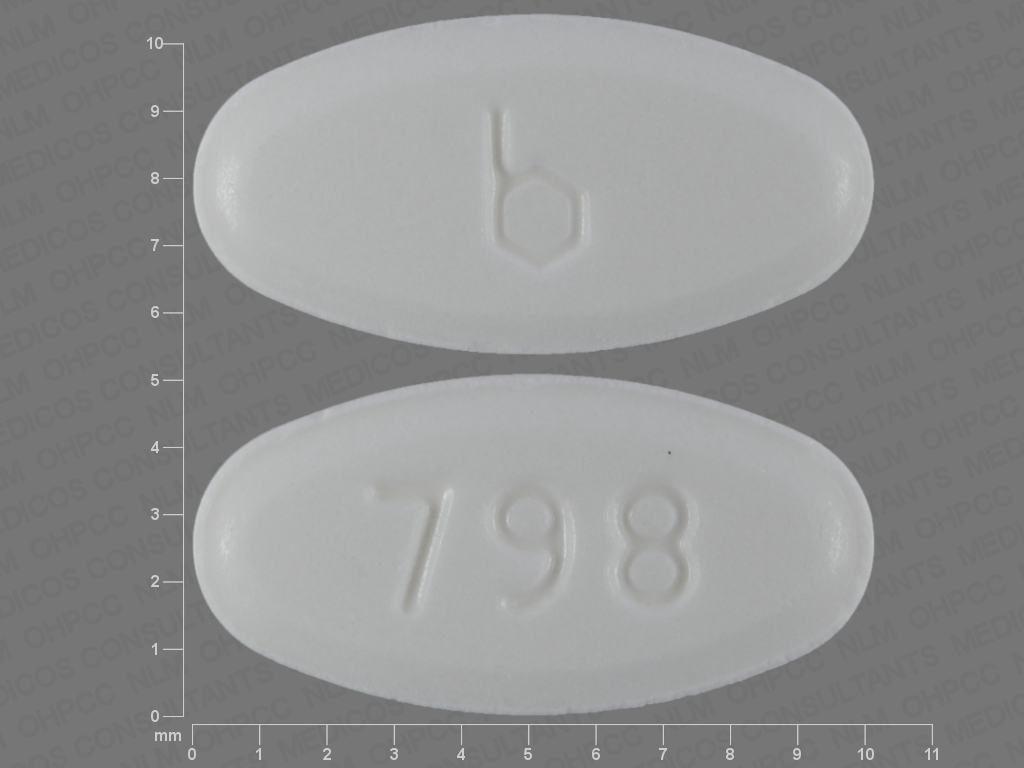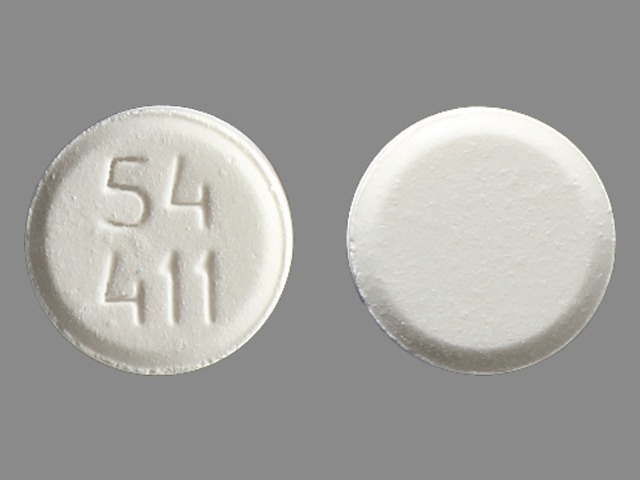
What is Buprenorphine?
Buprenorphine is an opioid drug that is used to treat OPD (OUD) chronic pain as well as persistent pain.
Buprenorphine is a drug used to treat opioid dependence to lessen withdrawal symptoms and cravings without producing euphoria or other dangerous adverse effects. It also helps to prevent the possibility of relapse. It functions as an alternative to the substance that is being misused so that patients experience less discomfort, allowing the patient to concentrate on recovery. Buprenorphine is used to treat OUD as a part of a comprehensive treatment plan that includes counseling as well as treatment for behavioral disorders.To treat opioid dependence Buprenorphine is available in long-acting infusions (Sublocade, Brixadi) as well as sublingual tablets (Subutex has been discontinued, and generics are available).
Buprenorphine is used to relieve acute pain that is sufficient to warrant an opioid analgesic and mild to moderate chronic pain that isn't controlled by other medications. For chronic pain that is continuous, it is available in the form of buprenorphine patches for skin (Butrans) and buccal buprenorphine films (Belbuca), and for acute pain, it can be injected (Buprenex).
Buprenorphine-naloxone combinations are also available to be used for opioid addiction and include sublingual film (Bunavail), sublingual film and sublingual tablets (Suboxone), and sublingual tablets (Zubsolv).The mechanism of action for buprenorphine is that it acts as a partial agonist on the mu-opioid receptor as well as an antagonist of the kappa-opioid molecule.
Yes, buprenorphine can be classified as a Schedule III controlled substance, which means it is a drug that has a greater potential to be misused than Schedules 5 and 4. If it is misused, it could cause moderate or low physical dependence or an increase in psychological dependence.
Warnings
MISUSE OF OPIOID MEDICINE CAN CAUSE ADDICTION, OVERDOSE, OR DEATH. Place buprenorphine where it is secure and where other people cannot access it.
Patient Access to Naloxone for the Emergency Treatment of Opioid Overdose Patients must have access to the opioid antagonist naloxone in order to treat any overdose, depending on the danger factors for overdose, like if they're currently taking a CNS depressant, have a prior history of opioid use disorder, or have had previous overdoses with opioids. It is crucial to have naloxone on hand when a patient has family or family members (including youngsters) or other close contact susceptible to an accidental overdose or exposure.
The use of this medication during pregnancy could cause withdrawal symptoms that can be life-threatening for the infant.
Risky side effects may occur when you take this medication in combination with alcohol or other medications that result in drowsiness or slow breathing.
Before you Take this Drug
It is not recommended to use this medicine if you're allergic to buprenorphine
- If you've used a different narcotic drug in the past four hours.
To make sure that this medication is suitable for you, inform your doctor if any of the following occur:
- Methadone treatment
- Breathing issues, sleep apnea;
- An abnormal curvature of the spine that affects breathing
- The liver (especially hepatitis B and C);
- Kidney disease;
- An increased prostate Prostate and urinary issues;
- A head injury or brain tumor;
- Drinking, hallucinations,
- Issues in your stomach, gallbladder, adrenal glands, and thyroid.
Pregnancy
If you take buprenorphine when you are expecting, your child may become dependent on the medication. It can trigger severe withdrawal symptoms for the infant after it is born. Children who are dependent on habit-forming drugs could require medical care for a period of time.
Infertility
Opioids used for long periods of time can result in decreased fertility among males and females with the potential for reproduction. It is unclear if the effects on fertility can be reversed.
Breastfeeding
Buprenorphine is a substance that can be absorbed into breast milk and can cause breathing difficulties and drowsiness in a nursing infant. Consult your physician about the potential risk for your baby.
How To Take Buprenorphine?
Utilize buprenorphine as it was prescribed to you. Follow the instructions on your prescription label and review all medication guidelines. Your doctor might alter the dosage. Avoid using the medication in greater amounts or for a longer period than what is prescribed.
Opioid use disorder
Buprenorphine sublingual (for OUD)
Buprenorphine administered sublingually is typically administered only at the beginning of treatment to treat dependence (the induction stage). The majority of people later switch to buprenorphine that is long-acting (Sublocade injections or Brixadi injections) or another medication that has buprenorphine and the drug naloxone (Bunavail, Suboxone, and Zubsolv). It is possible to receive your first doses of buprenorphine in a clinic or hospital setting until you feel better. Hands should be dry for handling tablets. Place the tablet on your tongue and let it disintegrate while keeping your mouth shut. Don't chew or swallow the tablet whole. If your physician has prescribed more than two tablets for each dose, put the appropriate amount of tablets on your tongue simultaneously and let them dissolve completely. Avoid eating or drinking any liquid until your tablet has fully disintegrated inside your mouth. Never break or crush tablets to breathe in the powder, or mix it with liquid and inject it into your vein. The result could be death for a person.
Subcutaneous injection of buprenorphine extended-release (for OUD)
Buprenorphine extended-release injections are administered subcutaneously (just below the skin). Sublocade is administered in the abdomen each month. Brixadi can be administered to your buttock, thigh, upper arm, or stomach. It may be administered either monthly or weekly.
Sublocade should only be used when patients have received treatment with an oral transmucosal (used under the tongue or inside the cheek) buprenorphine-containing medicine for 7 days and are taking. A dose that helps control withdrawal symptoms for up to 7 days. Sublocade can be injected in the form of a liquid. Following an injection, Sublocade transforms into a hard form, referred to as the depot. The depot can be observed or feel like a small bump beneath your skin at the site of injection on your abdomen for a couple of weeks. The area will shrink with time. Don't try to eliminate the depot. Also, do not touch or rub the site of the injection. Sublocade should be part of a full treatment programme that includes counseling.
Brixadi is to only be taken if you are currently taking buprenorphine or if your physician has provided you with a trial dose of buprenorphine to determine if you're in a position to take it. If you're first beginning Brixadi treatment for your upper arms, it is only to be used after four treatments of Brixadi in your thigh, buttocks, or stomach. Brixadi is administered as a liquid. After injection, the liquid transforms into a gel-like form known as depot. The depot can't always be evident beneath the skin. Don't attempt to remove the depot. Brixadi can be part of a total treatment programme that includes counseling.
Pain
Buprenex (buprenorphine injection) is a painkiller and is administered via either deep or slow (over two minutes minimum) intravenous injections that are administered between 6 and 8 hours according to the need.
The Butrans skin patch is a solution for chronic, all-day pain. The patch is sprayed once a week and worn for one week. Do not change your dose. Use Butrans as directed by your doctor. Your physician will give you the most effective dose in the most time-efficient manner. Take care not to indulge in hot baths or sunbathe in saunas, hot tubs, or hot tubs. electric blankets, heating pads, and heated waterbeds, as well as tanning lamps, since they can result in an overdose, which could result in death.
Belbuca buccal films are utilized for the continuous treatment of chronic, moderate-to-severe discomfort. Utilizing a finger, press the yellow part of the Belbuca buccal film on the inner surface of your cheek that is moistened. Hold it in place for 5 seconds. Hold the Belbuca buccal film for 5 minutes before taking your finger off. After it's in position, the film will dissolve completely within about 30 minutes. Avoid eating, drinking, or consuming anything else until the Belbuca film is completely dissolved in your mouth. Cleanse the mouth with water after the medication has dissolved. It is best to wait an hour after the film has disintegrated to clean your teeth in order to protect your gums and teeth. Don't chew your way through the Belbuca film or swallow it completely. It is recommended that you have regular dental examinations when you use Belbuca.
General information on using this medication
Don't share opioids with a person, especially those who have an addiction history. Misuse can cause addiction, overdosing, or death. Place the medication in a location where others can't access it. Giving away or selling opioids is against the law.It is possible that you will require frequent blood tests to monitor the liver's function.If you require surgery, inform your surgeon in advance that you're taking this medication.
Every medical professional who is treating you must be aware that you're being treated for an addiction to opioids and are taking buprenorphine. It is important that family members are aware of how to relay this information in the event that they need to be able to help you in an emergency.Don't stop using the medication at once; otherwise, you might experience painful withdrawal signs. Consult your doctor about how to completely stop taking this medicine.
Keep at room temperature, free of heat and moisture. Be sure to keep track of your medication. Buprenorphine is a substance that is misused, and you should be aware of any person who is taking the medication in a way that is not legal or without a prescription.
Don't keep any of the leftover opioid medications. One dose could cause death for someone who is taking the medication in error or incorrectly. Find out from your pharmacist how you can find a drug recycling programme that takes back the medicine. If there's no take-back programme, then flush your empty medicine down the drain.For more detailed information on dosing, go to the link below.
What Happens if I Miss a Dose?
Do not take the medicine for as long as you are able, but do not take your missed dose if it's nearing the time to take the next dose. Don't take two doses at once.
What Happens If I Overdose?
Get medical attention immediately or contact the poison help line at 1-800-222-1222 for help. An overdose of buprenorphine can cause death, especially for children or anyone else who is taking the medication without a prescription.
Overdose symptoms can include severe weakness or drowsiness as well as a clammy or cold surface, a pinpoint pupil, a low heart rate, and a weak pulse. extremely slow breathing or an induced coma.
What Should be Avoided?
Don't drink alcohol. Risky side effects or even death could result.
Do not drive or operate machinery until you are aware of the effects of buprenorphine. Difficulty or drowsiness could result in accidents, falls, or even serious injuries.
Side effects of Buprenorphine
See a doctor immediately. If you notice symptoms of an allergic reaction or irritation to buprenorphine, such as itching, breathing problems, or swelling of your lips, face, and tongue,
Opioid medicines can cause a slowing or stopping of your breathing and even make it possible to die. The person who is caring for you must administer Naloxone and/or seek emergency medical attention if there is breath that is slow, with long pauses or blue-coloured lips, or if it is difficult to get up.
Consult your physician immediately if you suffer from:
- The withdrawal symptoms of opioids include goose bumps, shivering, more sweating, feeling cold or hot, runny nose, eyes that water, diarrhea, and muscle pain.
- Sighing, noisy breathing, breath that is shallow, and breath that stops when you sleep
- Slow heartbeat or a weak pulse
- An euphoric feeling, similar to when you're about to pass out.
- Chest pain, difficulty breathing;
- Low levels of cortisol, causing the cortisol levels to be low. It can lead to nausea, vomiting, as well as the loss of appetite nausea, fatigue that is worsening, or weakness;
- Liver issues: nausea, abdominal pains, itching, weight loss, dark urine, clay-coloured stool, jaundice (yellowing of the eyes or skin).
Get medical attention immediately when you exhibit signs that suggest serotonin syndrome, including agitation, hallucinations, or fever; sweating and shivering; rapid heart rate; muscle stiffness; shaking; loss of coordination; nausea, vomiting, or diarrhea.
Common side effects of buprenorphine could be more likely to be experienced, for example:
- Constipation, nausea, vomiting;
- Headache;
- An increase in sweating
- Sleep problems (insomnia);
- Any area of your body that is hurting.
This is not a comprehensive list of all the side effects. Other side effects could occur. Consult your physician to seek medical advice on the effects. You can report symptoms to the FDA at 1-800-FDA-1088.
Interaction with Other Drugs
There is a possibility of breathing issues or withdrawal symptoms when you discontinue or start using certain other medications. Talk to your doctor if you also take medication such as an antibiotic medication, an antifungal medicine, blood pressure or heart medicine, medication for seizures, or medication for treating HIV as well as Hepatitis C.
Buprenorphine may interact with other drugs, causing serious side effects or even death. Check with your physician if you're also using:
- Medicine for allergies or colds, such as bronchodilators, cold or allergy medicines, asthma or COPD medication, or diuretics ("water pills");
- Medications to treat motion sickness and irritable bowel syndrome medicines for motion sickness, irritable bowel syndrome, and the overactive bladder;
- Other narcotic drugs other narcotic medications—opioid pain medicine, prescribed cough medicines;
- A sedative similar to Valium: diazepam, alprazolam, lorazepam, Xanax, Klonopin, Versed, and many more;
- substances that induce sleep or cause breathing to slow down, such as a sleeping pill, medication to relax muscles, treat mental illnesses,
- Serotonin-related drugs can alter the levels within your body. an stimulant or medication to treat depressive symptoms, Parkinson's disease, migraine headaches, serious infections, vomiting, or nausea.
This list is not comprehensive. Other medications may interact with buprenorphine. This covers prescription as well as over-the counter medications, vitamins and herbs. The interactions of buprenorphine are not all mentioned here.





